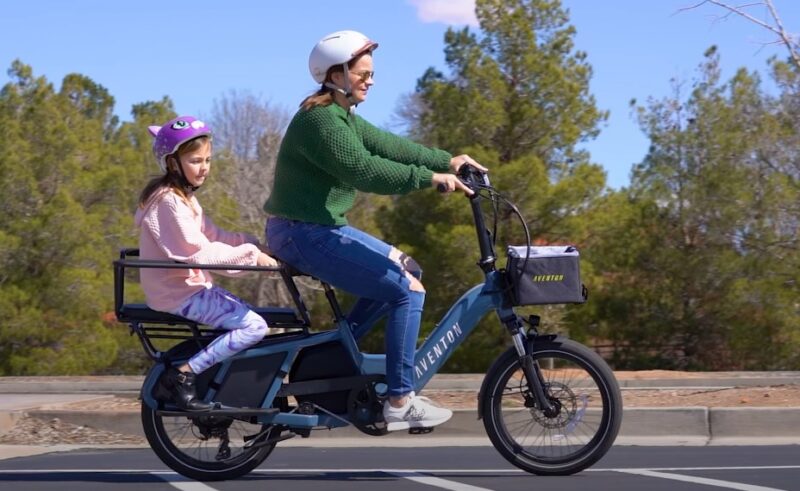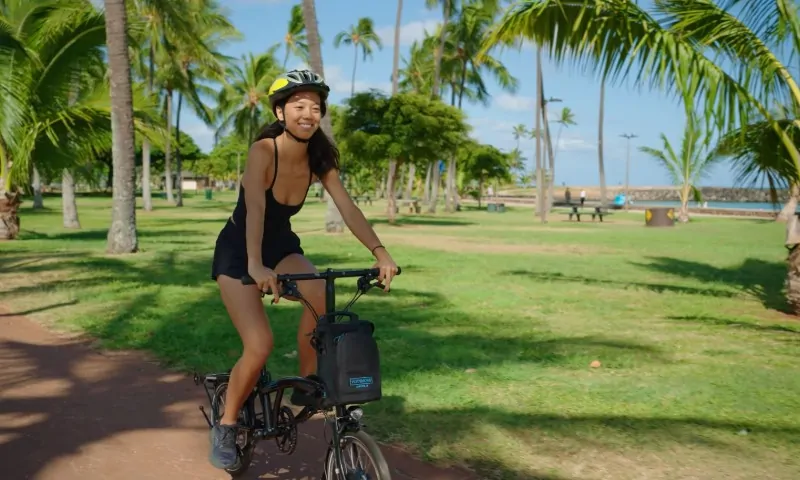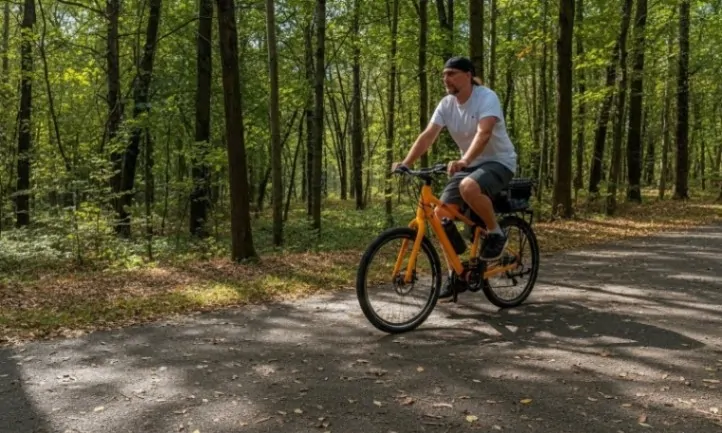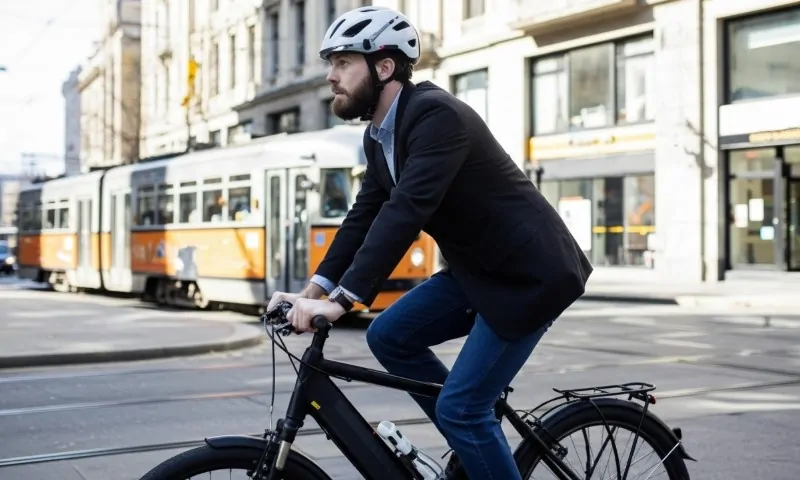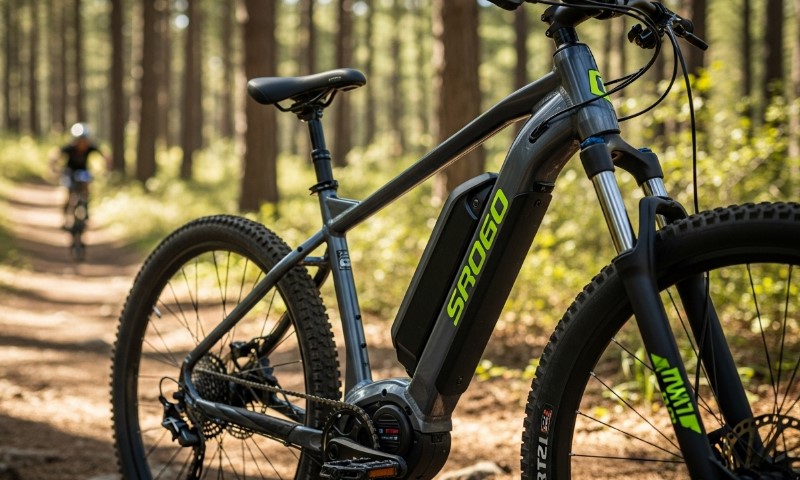I’ve had many discussions with friends about e-bikes and the question that often pops up is: Are e-bikes considered motorized vehicles? It’s a fair question because, after all, they have motors.
But the answer isn’t a simple yes or no—it depends on where you live and, more importantly, the kind of e-bike you’re riding.
Let’s break it down in a way that’s easier to grasp without getting lost in legal jargon.
Table of Contents
ToggleFederal Guidelines
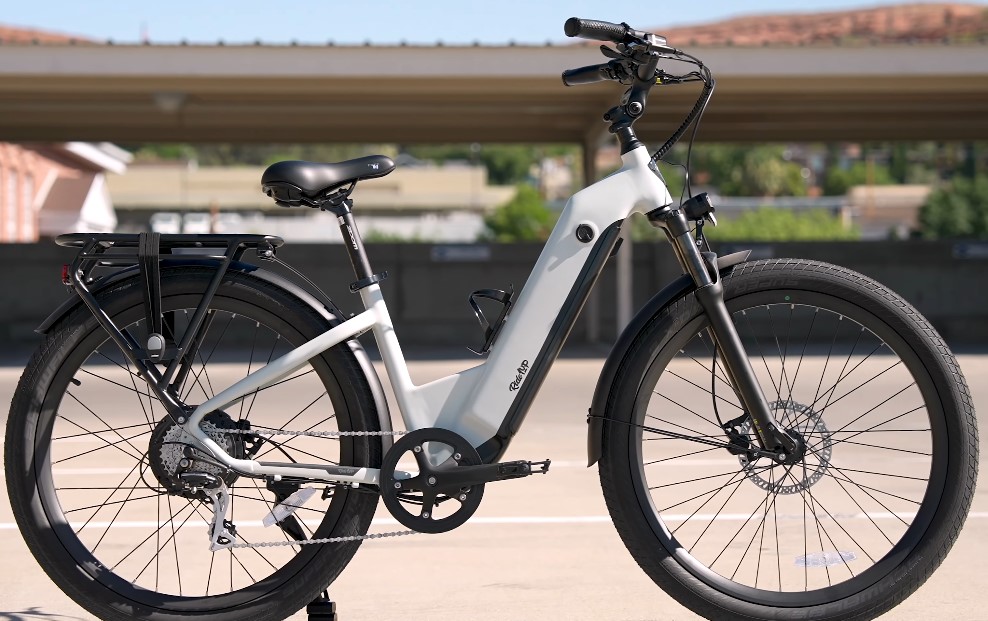
In the U.S., e-bikes have some clear federal guidelines. They’re defined by the Consumer Product Safety Commission (CPSC) as low-speed electric bicycles, with a motor that doesn’t go over 750 watts (around 1 horsepower).
When it comes to speed, they’re capped at 20 mph when powered solely by the motor. Under these rules, e-bikes aren’t technically considered motorized vehicles—at least from a product safety perspective.
But here’s where it gets tricky. While the federal government sets the standards for how e-bikes are built and marketed, individual states have the final say on how they’re operated.
So, just because the feds don’t call them motorized vehicles, it doesn’t mean your state won’t have some extra rules to follow.
E-Bike Classes
To figure out whether your e-bike falls into the motorized category, you’ve got to look at the class system.
In the U.S., there are three classes of e-bikes, and how they’re treated under the law often depends on these classifications:
Class 1 E-bikes
Class 1 e-bikes are the closest thing to a traditional bike, but with a bit of extra help. The motor only kicks in when you’re pedaling, and it stops helping as soon as you hit 20 mph.
Because they function like regular bicycles with just a little motorized boost, they’re not generally considered motorized vehicles in most places.
Class 2 E-bikes
Now, Class 2 e-bikes are where things get interesting. These bikes have a throttle, meaning you can ride without pedaling at all, but they also cut out at 20 mph.
Even with this added feature, they’re still usually not treated as motorized vehicles under federal and state laws.
Class 3 E-bikes
Finally, there are Class 3 e-bikes, which add a bit more speed to the mix. The motor assists you as you pedal, but this time, it keeps going until you hit 28 mph.
Because of the higher speed, Class 3 bikes sometimes face stricter regulations, even though they aren’t technically motorized vehicles either. We don’t have to mention Class 4 e-bikes, as they are definitely considered as motorized.
Some states may require a helmet, and they may not be allowed on bike paths or in pedestrian zones. So, the class your e-bike falls into is a huge part of determining whether it’s considered motorized.
State Regulations

Now, the federal guidelines are helpful, but the reality is that states have their own say in the matter. And trust me, that means things can vary a lot depending on where you are. Let’s look at a few examples.
States Where E-bikes Are Considered Bicycles
In states like Florida, California, Colorado, and New York, the classification system is similar to the federal one. Class 1 and Class 2 e-bikes are generally treated like regular bikes, meaning no registration, insurance, or licensing is required.
You can ride them on bike paths and in parks where bicycles are allowed. These states, and some others like Pennsylvania, have done a pretty good job of making e-bikes accessible and easy to use for most riders.
Stricter States
But not everywhere is so relaxed. In states like Alaska, New Mexico, and North Dakota, certain e-bikes are classified as motorized vehicles.
If your e-bike has a higher power output or goes faster than the Class 3 limit, you may have to deal with things like registration, insurance, and even a license to ride.
In these places, your e-bike might be treated like a moped or a scooter, which can be a hassle for those who just want a quick and easy way to get around.
The European and International Perspective
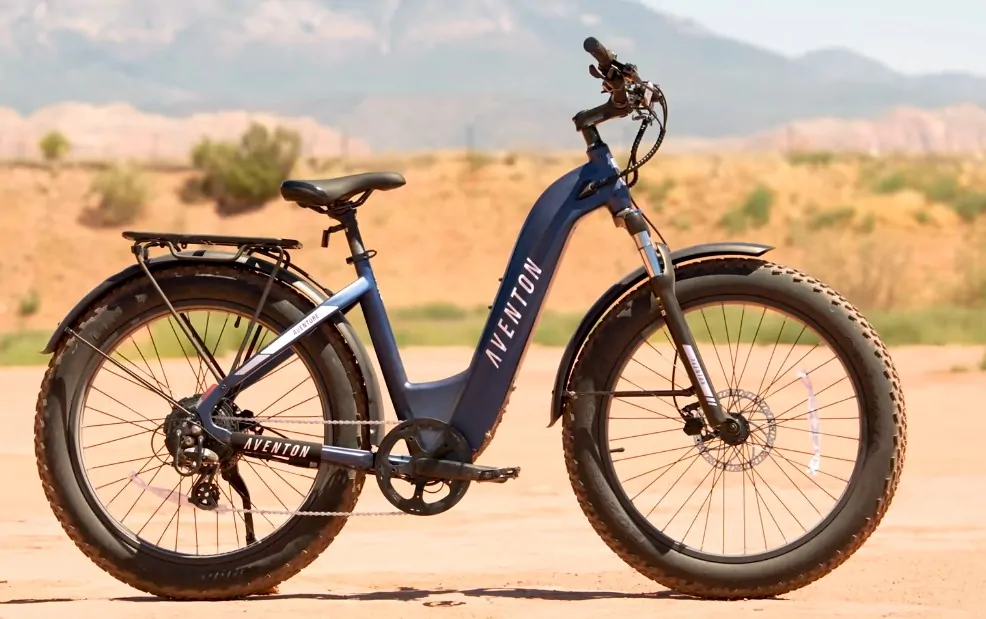
If you’re reading this from outside the U.S., things get even more complicated. In the European Union and the UK, for instance, e-bikes aren’t classified as motorized vehicles as long as the motor doesn’t exceed 250 watts, and the assistance cuts off at 25 km/h (about 15.5 mph).
Anything more powerful than that? It’s a different story. E-bikes that exceed these limits are treated like mopeds or motorcycles, meaning you’ll need registration, insurance, and a license to ride them.
In Europe, there’s also a specific term for e-bikes that push past those limits: “speed pedelecs.” If you’re riding one of those, you’re definitely in motorized vehicle territory.
Pros and Cons of Motorized Classification
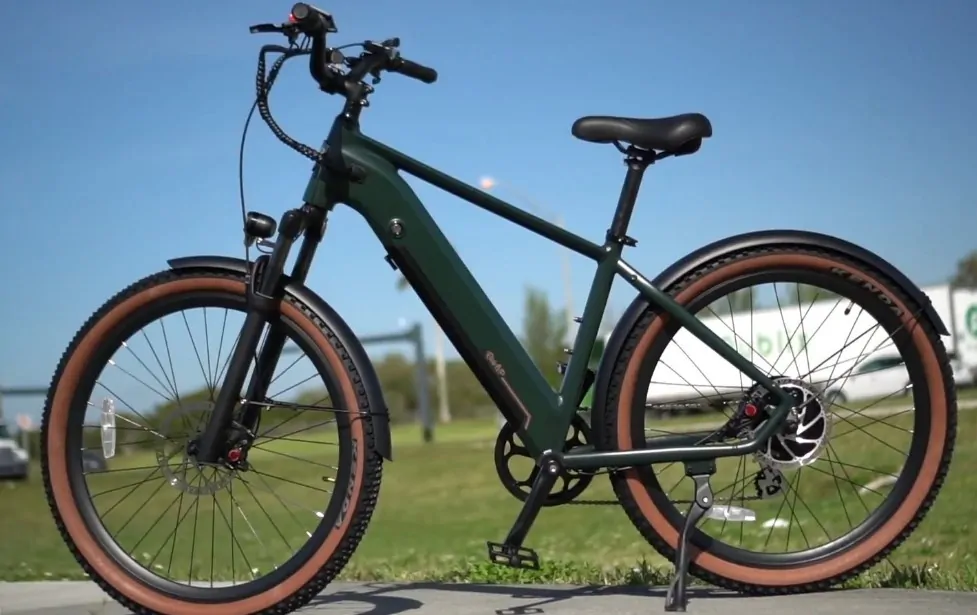
If you’re wondering why it even matters whether e-bikes are classified as motorized vehicles or not, let’s talk about the pros and cons. One potential upside to being considered motorized is that stricter regulations could lead to safer roads for everyone.
Things like mandatory helmet laws, better lighting, or even dedicated lanes for e-bikes could make riding safer and more enjoyable. On the other hand, the costs would likely go up.
If your e-bike needs to be registered, insured, and licensed like a car or motorcycle, that’s a whole new set of expenses. And then there’s the inconvenience factor.
For a lot of people, the appeal of e-bikes is their simplicity and eco-friendliness.
Making them subject to motor vehicle laws could reduce that appeal and potentially discourage people from choosing e-bikes as an alternative mode of transport.
Final Thoughts
So, are e-bikes considered motorized vehicles? In most cases, they aren’t. But, as with many things in life, the answer depends on where you live and what kind of e-bike you’re riding.
In the U.S., Class 1 and Class 2 e-bikes are generally treated like regular bicycles, while Class 3 bikes face slightly more restrictions. In Europe, things are a bit stricter, with lower power limits and speed caps for e-bikes that are allowed to avoid motorized classification.
If you’re thinking of getting an e-bike, it’s worth checking your local laws before making a decision. The good news is that for most casual riders, e-bikes provide a fun, efficient, and environmentally friendly way to get around without too much red tape.
And that, at the end of the day, is what makes them such an exciting option for modern transportation.

